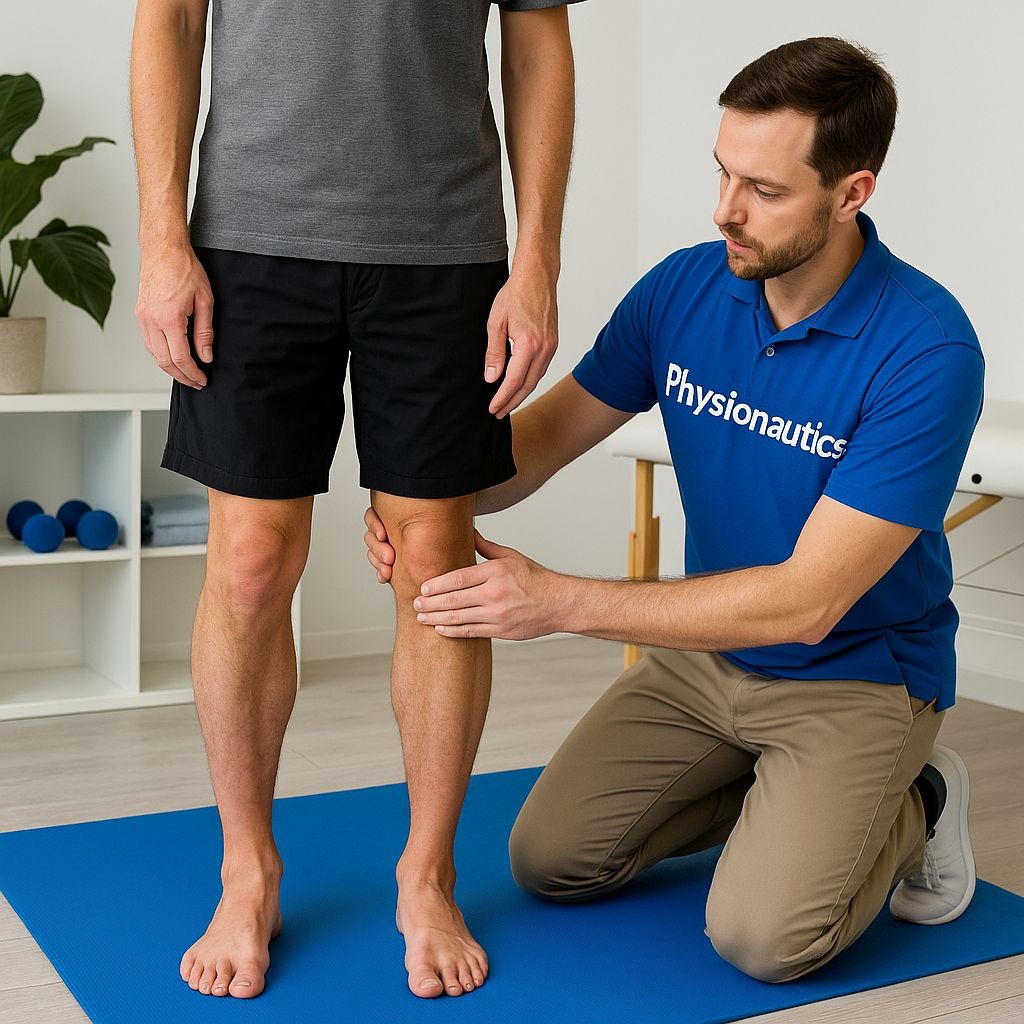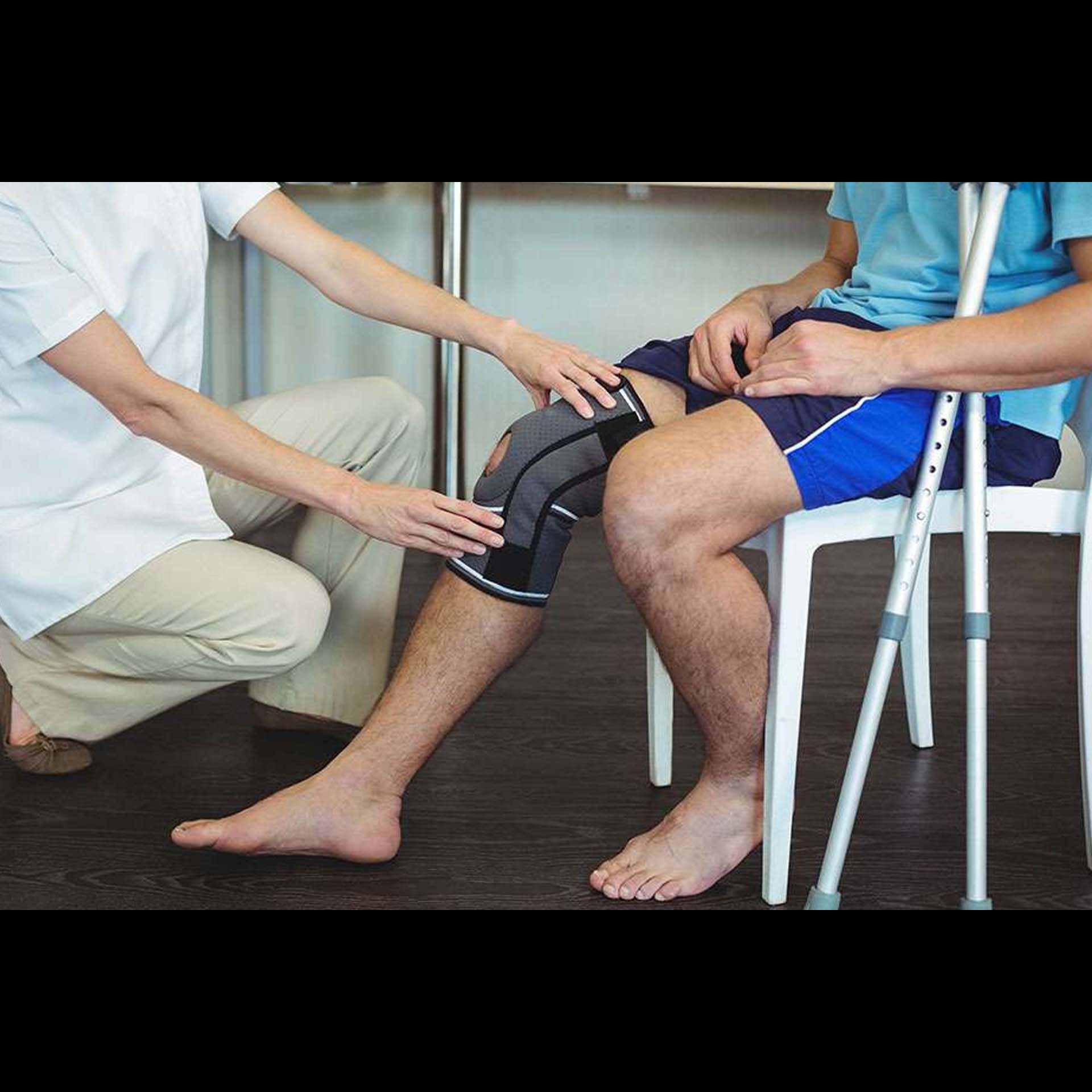



Physiotherapy plays a crucial role in the rehabilitation and recovery process after a ligament tear, helping individuals regain strength, flexibility, stability, and return to their desired activities. Signs and symptoms of Ligament injuries: • Pain • With lower extremity injuries, trouble walking, change in gait, ex. limping • Swelling • Joint feels unstable Causes: • Direct trauma to the joint o Sports o Motor vehicle accident o Any injury with the joint flexed Common Ligament Injuries • Ligaments of the Knee o ACL, MCL, PCL • TMJ • Sprained ankle • Plantar Fascia • AC joint Goals of physiotherapy for ligament tears • Pain management: Reduce pain and inflammation in the injured area using various techniques like cryotherapy (ice therapy), electrical stimulation (TENS), and manual therapy. • Restore range of motion: Improve flexibility and mobility in the affected joint through gentle exercises and stretches. • Strengthen muscles: Build strength in the muscles surrounding the injured joint to provide support and stability, reducing stress on the affected ligament. • Improve balance and coordination: Retrain the body's neuromuscular system through balance and proprioception training, such as exercises using balance boards, stability pads, and single-leg stances. • Functional training: Teach patients how to perform daily activities with the least amount of strain on the injured area and gradually incorporate movements that mimic the demands of their daily life or sport. • Prevent re-injury: Educate patients on proper movement mechanics, posture, and exercises to prevent future injuries and promote long-term joint health. Stages of physiotherapy treatment Physiotherapy treatment typically progresses through several stages: an initial assessment to evaluate the injury and create a plan; managing pain and inflammation using techniques like ice therapy; restoring range of motion and muscle strength through exercises; functional training to help with daily activities; and potentially sport-specific training for athletes. Recovery timeframe Recovery time varies depending on the severity of the tear. A grade 1 tear might take 4-6 weeks with physiotherapy, while a grade 2 tear could take 6-10 weeks. A grade 3 tear often requires surgery and a longer recovery, such as 6-9 months for an ACL tear. Importance of professional guidance It is essential to consult a qualified physiotherapist for a personalized plan and guidance throughout recovery, even for exercises done at home. They can monitor progress, ensure proper form, adjust exercises, and help optimize healing while preventing re-injury.
We hate spam too.